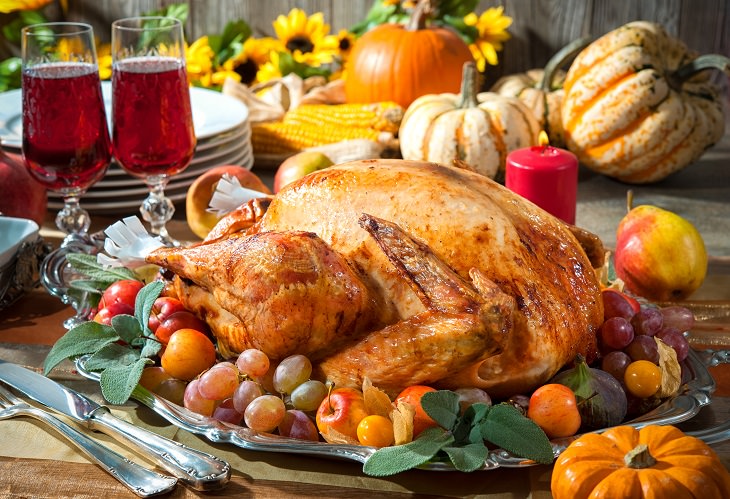

This is the first thing that you do at the store – and the first way to help you save money. Unless you’re doing a week’s worth of shopping, grab a small grocery cart. In an experiment carried out by cart manufacturers, shoppers bought 40% more stuff when given a cart double the size of what they usually used.
2. But Don’t Grab a Basket
This might sound counterintuitive, but carrying around a small handheld basket can also lead you to temptation. There’s just something about the action of flexing your arm muscles to hold the basket that subconsciously leads you to grab treats such as candy.
3. Shop on Wednesdays
The best time to shop is on a Wednesday evening. At this time of the week, stores aren't crowded, and, as a bonus, weekly specials start on Wednesday at nearly half of the supermarkets across the US. Some stores honor the previous week’s sales and coupons as well as the new week’s.

Saturday and Sunday mornings and early afternoon are the busiest times, according to the annual American Time Use Survey. Stores are also crowded after work on weekdays. The average shopping trip is 47 minutes during the weekend, 42 minutes on weekdays.
5. Make Fewer Trips
Every time you go to the store, you spend money. Americans make on average 1.5 trips to the supermarket each week. Cut this down to one trip, and you’ll save yourself time and money – particularly on impulse items, which we admit to grabbing around 60% of the time.
6. Do It Alone
According to research from the Marketing Science Institute, when we go shopping with someone else, as much as 65% of the things we buy are unplanned.

Last year, grocery prices overall went down for the first time in nearly five decades. Foods that decreased the most in price include beef, poultry, pork, and dairy. Egg prices have dropped by 52% in the last two years, with the average price of a dozen being $1.41. Therefore, if you’re looking for bargains to plan your meals around, these are the big winners.
8. Eat what’s in Season
Fresh produce that is grown locally is usually the best value at shops. For example, strawberries are usually about 30% cheaper per pound in June than in May. In March, look for Brussels sprouts, broccoli, lettuce, cauliflower, and pineapple. In April, snap up these same foods, as well as rhubarb, asparagus, and peas. Year-round bargains include celery, bananas, and potatoes.
9. Look High and Low on the Shelves
Stores place the most popular – and often most expensive – items at eye level. In fact, manufacturers often pay money for optimal placement. To find the bargains, look up and down to the higher and lower shelves.

Many stores have misters for produce, so shake the moisture out of lettuce and herbs before bagging. Otherwise, you’ll end up paying for water weight.
11. Make a Shopping List
Yes, you’ll need one, because those who shop with a list spend much less time in the store and also have fewer impulse buys. If you’re not great at remembering a paper list, keep one on your phone.
12. Don’t be a Brand Snob
Store brand usually cost 15-30% less than named brands – and are sometimes even made by the same companies. The latest IRI Consumer Connect survey shows that three-quarters of shoppers view them as just as good.
13. Beware of Sneaky Labels
Shoppers tend to assume that healthier foods cost more, which is why some products marketed as “healthy” come with higher price tags. Don’t get suckered in. When you see a catchy claim, look for comparable lower-priced products without the buzzwords.

Supermarkets usually offer their best discounts around holidays and food-centric events such as the Super Bowl, so stock up then.
15. Ugly can be Beautiful
Check the produce section for markdowns on oddly shaped but still tasty “misfits.” Not only are these oddballs a bargain – usually around 30% cheaper – but buying them also helps to cut down on food waste.
16. Fill up for Less
Stop&Shop customers can save $0.10 to $1.50 per gallon on gas, based on their grocery spending. Other stores with gas-back promotions include Safeway, Giant, and Vons.
Source: rd
Images: depositphotos